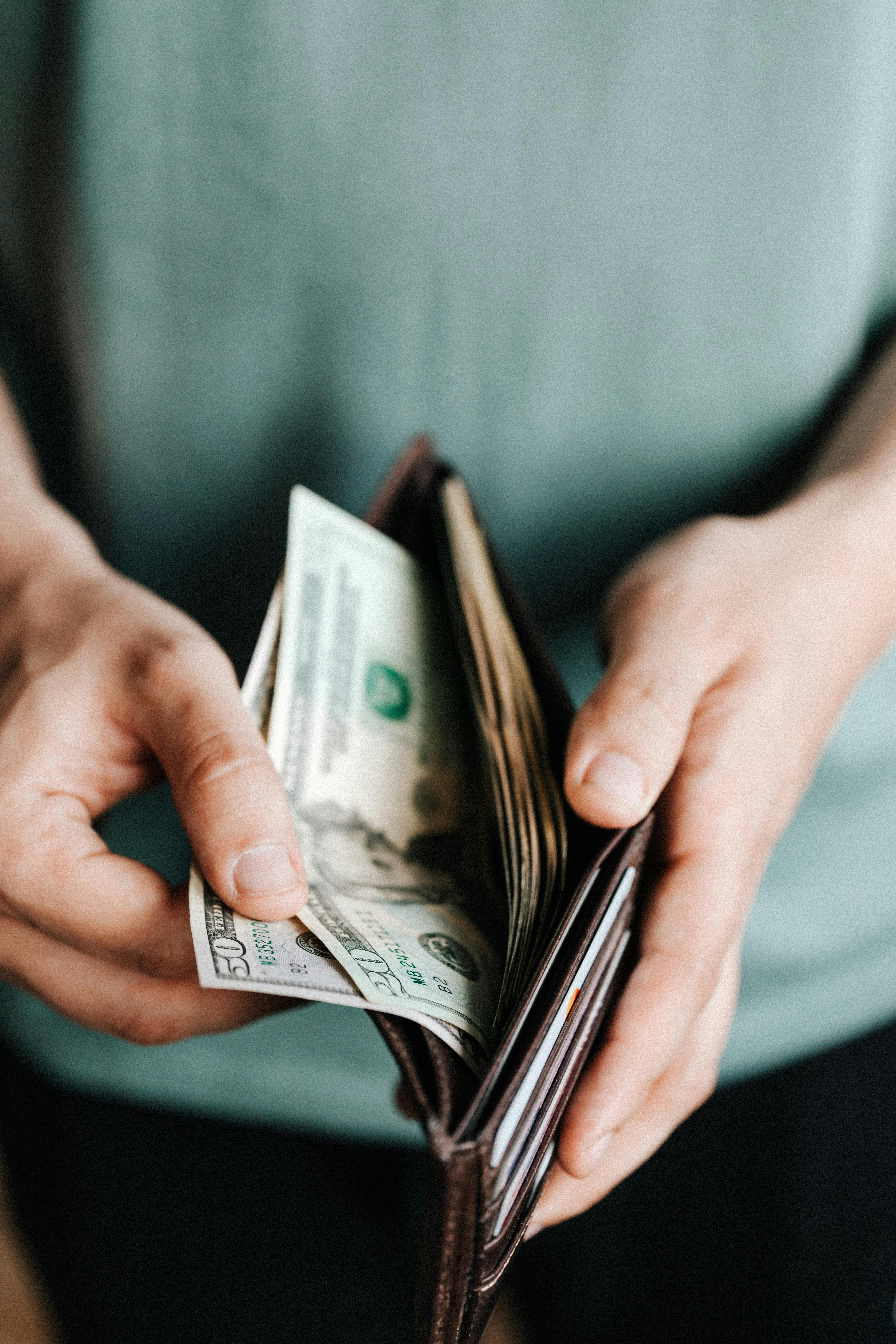Although the number of cases and deaths related to the novel coronavirus continues to rise, state and Los Angeles County officials have begun relaxing some of the shelter-in-place rules to slowly reopen the California economy.
LA County reported 51 new deaths due to the COVID-19 virus, adding to the county’s overall death toll of 1,468 as of Friday, May 8. County officials also revealed 883 new cases of the virus, bringing the total number of cases to 30,296.
“Protocols with directives on how to protect workers and customers [are] posted on our website, and stores and facilities are not allowed to open until they’ve complied with the changes and the directives,” Dr. Barbara Ferrer, the county’s Public Health director, said, adding that the increase of deaths and cases should alert people to exercise caution when going out to these newly-reopened businesses.
California Gov. Gavin Newsom has also released the list of businesses that are allowed to reopen with curbside service as of Friday. These retailers include florists, book stores, music stores, toy stores, sporting goods stores, clothing stores and other “low-risk” businesses. Car dealerships are also allowed to reopen given they impose strict physical distancing and cleanliness measures.
The first phase of reopening LA County begins today.
This includes some low-risk retailers (curbside pickup only), car dealerships, parks and golf courses.
Learn more: https://t.co/pVf7TkQnTS pic.twitter.com/eyjNwtASVY
— Los Angeles County (@CountyofLA) May 8, 2020
Sacramento has also been hoping to open other businesses up, like manufacturing and logistics businesses, as long as physical distancing and safety measures are put in place.
LA County is also reopening many hiking trails starting Saturday, May 9, with the exception of the widely popular Runyon Canyon trails; physical distancing measures like wearing face coverings and maintaining 6 feet of distance will still be required.
Though Orange County beaches are beginning to re-open after weeks of protest, LA County beaches remain closed, Ferrer said.
Even though the reopening of some businesses and the easing of shelter-in-place rules may signal a return to normal life, county officials emphasized that the virus is still present and that all people should continue to practice good hygiene and physical distancing.
“As these places reopen, we do need to remember the new normal. When we’re out and about more, we have to behave as if anyone could be infected with COVID-19 and that we also could be infected,” Ferrer said, adding that high-risk Angelenos — those aged 65 or above and those with preexisting health conditions — should “remain home as much as possible.”
According to new figures available on Friday, Ferrer emphasized the continued trend of the virus’ disproportionate impact on communities of color and lower-income Angelenos. In the 1,352 deaths in which ethnicity was stated, 18% were Asian and 1% were Native Hawaiian or Pacific Islander.
But within the respective communities, the numbers tell a staggering tale.
The death rate from the virus is 89 for every 100,000 Native Hawaiian and Pacific Islanders, and the death rate for the Asian community is 12 per 100,000.
“The data are not only concerning, but they require all of us to work together and take quick action,” Ferrer said.
As previously reported in the Asian Journal, the county had begun working with USC on serology tests to determine whether some people have developed antibodies against the COVID-19 virus, which would suggest they had contracted the infection before and recovered.
The first round of testing concluded that roughly 4.1% of the county’s 10 million residents have been infected so far, but Ferrer said that the upcoming rounds of tests will zero-in on the more “highly-impacted groups,” i.e. the black, Asian, Pacific Islander, Native Hawaiian and Latino communities.






